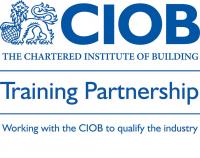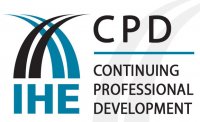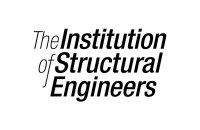Overview:
The estimation of the available water resource is a fundamental requirement for many water uses including setting discharge consents, assessing the reliability of supply for river abstraction, optimising reservoir operation and yield and determining hydropower potential. Efficient water resources management is also critical for maintaining the riverine ecology and impacts of water use. However, most small rivers in the UK are un-gauged or heavily influenced by human activities making it difficult to assess both the available water resource and its variability during the year. Our training provider has developed the industry-standard methods and software to estimate river flows at un-gauged sites in the UK. These methods are used by all regulatory agencies in the UK. This one day training course will enable you to understand low flow hydrology, the measures used to describe the flow regime and the processes involved. Delegates will learn how to use the LowFlows 2 software package effectively to estimate river flow at an un-gauged site on an annual and monthly basis. The course will give delegates a unique insight into the reliability of any flow estimates and how local data can be incorporated to improve accuracy.
Aims & Objectives:
This course will enable delegates to:
- Understand the hydrological cycle and basic hydrometry and learn how river flow regimes are affected directly and indirectly by human activities
- Understand the theory of low flows and low flow measures
- Derive low flow statistics from gauged data using HydroTools software and determine how this is affected by the period and length of record
- Derive the base flow index using HydroTools software
- Understand the science and methods used to estimate annual mean flow, monthly mean flows and the flow duration curve for an un-gauged river
- Use LowFlows 2 software to estimate the annual and monthly mean flows and flow duration curves for an un-gauged catchment
- Use gauged data from an analogue catchment to improve the accuracy of the estimate
- Understand how to use spot gaugings and short gauged records to improve the accuracy of the estimate
- Avoid pitfalls when interpreting flow estimates from LowFlows software through improved understanding of hydrometric and modelling uncertainty
- Appreciate the impacts of water use and record length on low flow measures
- Understand the hydrological information required by SEPA and other regulatory authorities to support hydropower applications
- The course will enable delegates to produce flow duration curve statistics from gauged river data. For catchments where there is little or no gauged data they will gain experience in using LowFlows and HydroTools software packages to derive these statistics. Delegated will know the theory behind key low flow measures and gain a unique understanding on how to correctly interpret and apply flow estimates for a wide range of applications.
Course Outline:
Low Flow Hydrolgy
- Hydrological Cycle
- What do we mean by Low Flows?
- Why are we interested in Low Flows
- Low Flow Hydrology of the UK
- Hydrometry and Artificial Influence
- Practical exercise on the impact of measurement error and water use on gauged flows.
- Low Flow measures and flow estimation from gauge data
- Flow Duration Curves
- The Base Flow Index
- Practical exercise deriving flow statistics from gauged records and understanding the impact of short records and missing data
- Potential errors in estimating low fow
- Sampling error
- Hydrometric Error
- Impacts of Artificial Influences
- Estimating flow duration curves within un-gauged catchment
- The influence of hydrological scale and hydrogeology
- Estimation of long term flow duration curves
- Estimation of Mean Flow
- Estimation of Monthly Flow Statistics
- Practical exercise using Low Flows software including importing a catchment boundary and estimating low flow statistics for an un-gauged catchment.
- The use of local datas SEPA guidelines for Hydropower development
Mode of Delivery:
This course uses an interactive combination of presentations, practical hands-on exercises and discussion. It is presented in 4 sessions including 3 supervised practical exercises addressing key aspects of the course. The presentations are supported by comprehensive course notes and worked examples to provide a valuable reference source. With a maximum of 12 delegates per course we aim to make our training as informal as possible with plenty of time for questions and discussion.
Benefits of Attending:
Our trainer is a leading expert in LowFlows who has led the development of the national standard methodologies for low flow estimation and its associated software. He will provide a unique insight into methods, background-science and applications. After the course delegates will be able to conduct assessments of the water resources in catchments with limited or no flow data and interpret the results more effectively. They will also be able to use LowFlows and HydroTools software and understand the theory behind the methods used.
Intended For:
This course will be of benefit to hydropower engineers, hydrologists and other practitioners who want to assess water resource availability and variability, or gain practical experience of the hydrology of low flows and flow estimation, within catchments with limited or no measured flow data. It is also suitable for beginners who have a basic understanding of hydrology in the UK and are familiar with key terms.
Pre-Course Requirements:
There are no pre-course requirements, although non specialists may prefer to gain the basics of hydrology through our Introduction to Hydrology course first. Course notes will be provided on the day and no pre reading is required. The trainer is always happy to advise delegates who may have specific questions from working in this area.








